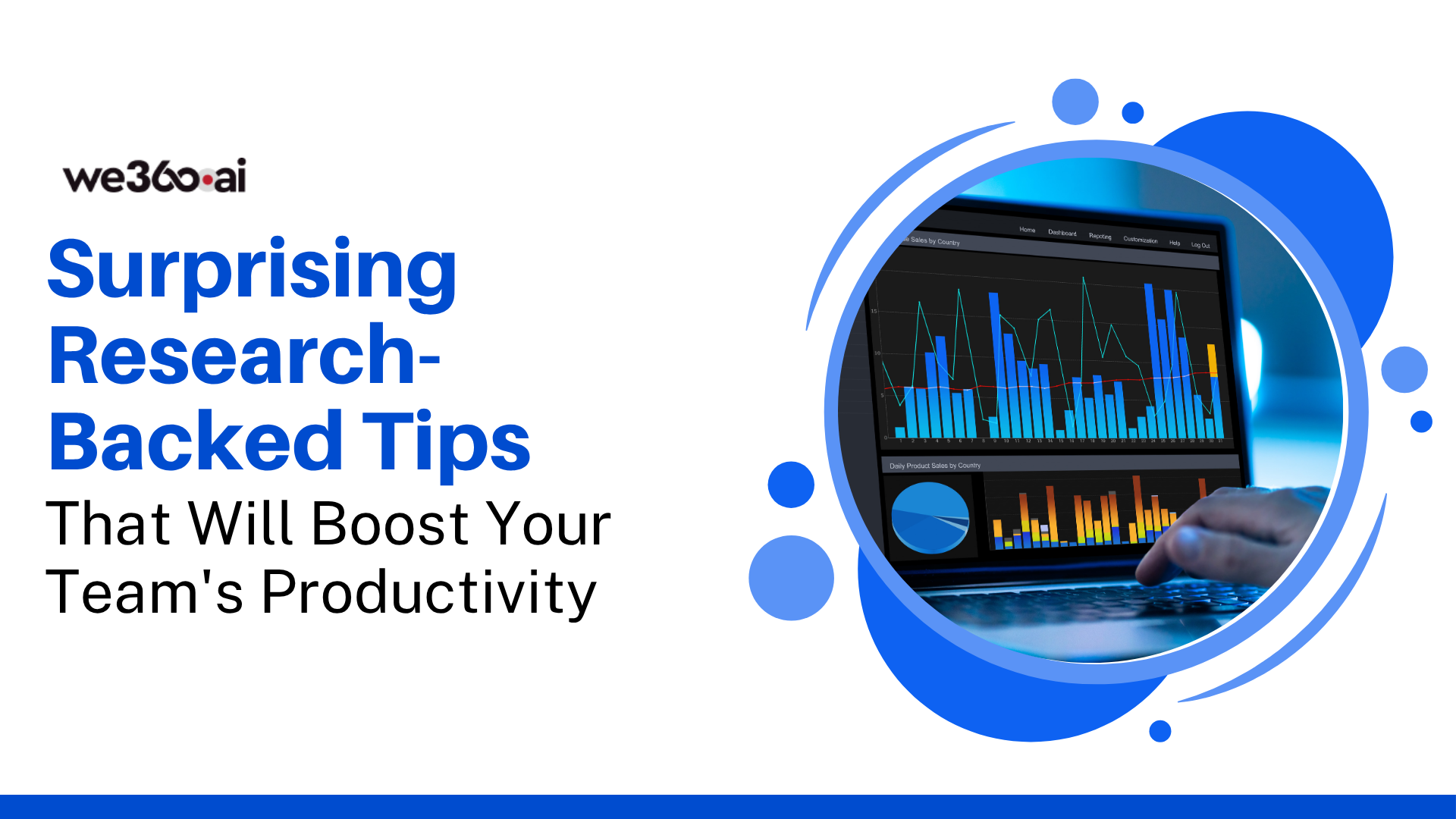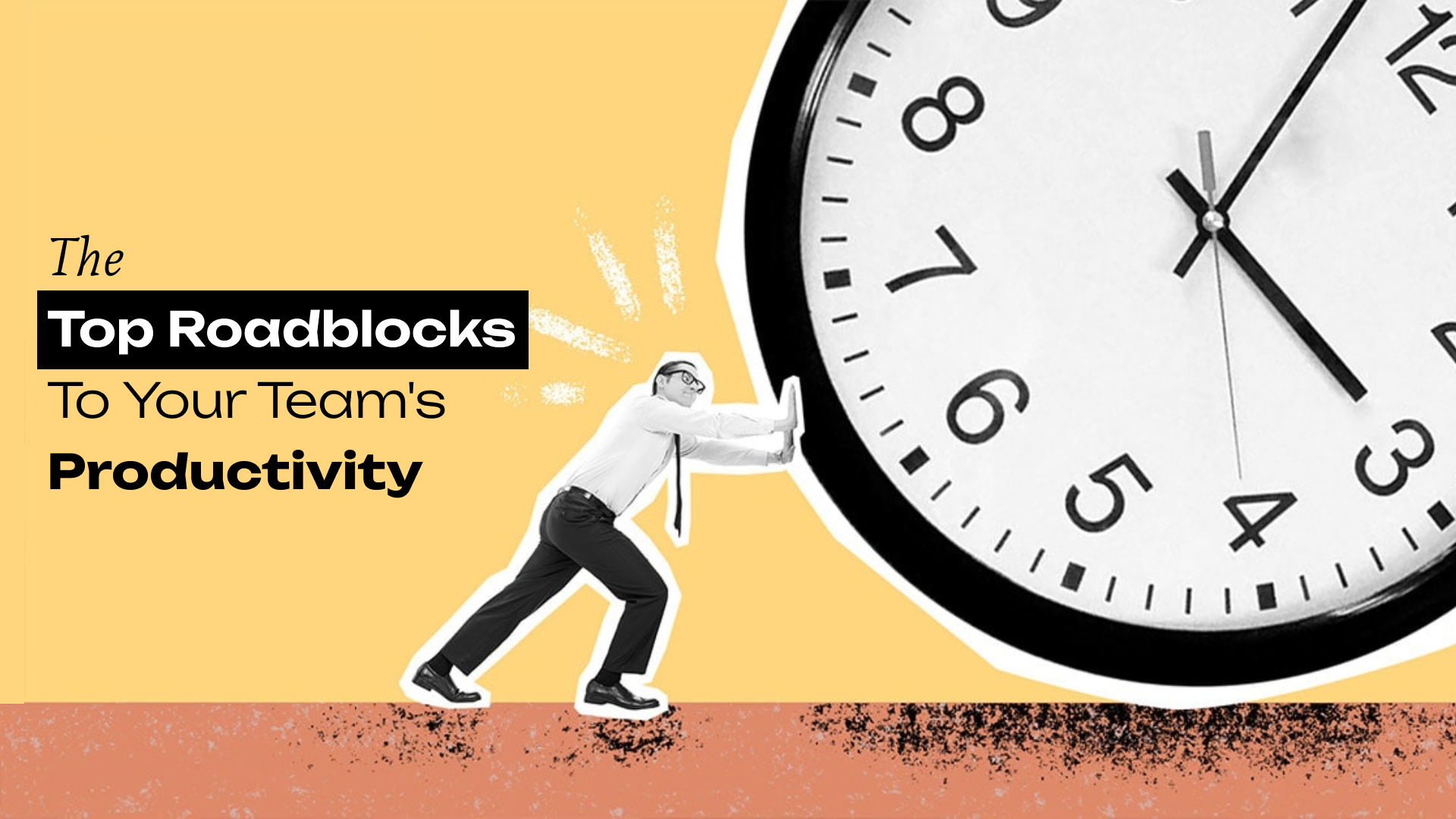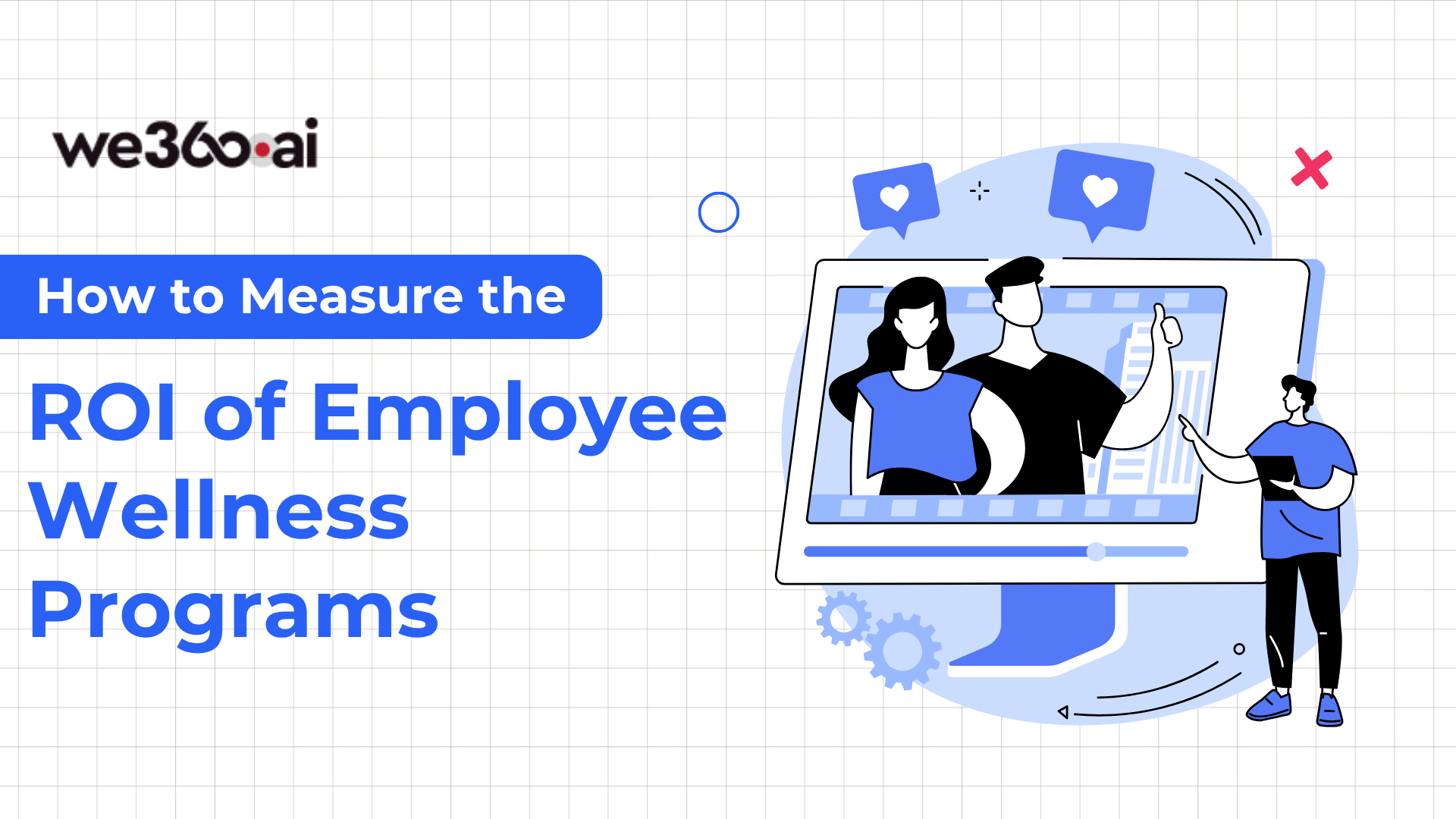The global workforce analytics market is valued to grow at USD 6.04 billion by 2032.
Doesn’t it seem a huge capital value? It certainly is!
It is estimated to streamline staffing, employment, employees, development and training, and compensation & benefits; these segments are going to be in spotlight as time evolves.
Without any further ado, let’s dive in and understand what are different types of analytics.
Definitions
There are many types of analytics but when it boils down to workforce analytics, we have four contenders.
- Workforce analytics
- HR analytics
- People analytics
- Talent analytics
Workforce analytics
Workforce analytics is the process of collecting various workforce-related data to transform outcomes into helpful information.
It analyzes employee performance and takes (suggests) measures to enhance it.

HR analytics
HR analytics is using data-driven insights to perform HR practices for organizational success. It uses data to understand time to hire, retention rate, etc. on HR performance metrics.
People analytics
It is the practice of collecting and transforming HR data into actionable insight to improve the way you do your business. While many believe people analytics is used only to enhance HR operations, it is used to overall company’s success and meeting goals.
70% of organizations are investing in people analytics solutions to integrate data into their decision-making.
It is defined as an in-depth, data-driven, and goal-focused way of assessing people, functions, and challenges to elevate business outcomes.
Talent analytics
It is an HR analytics tool used to gain insight into employee lifecycle from hiring to exit.
It leverages company’s insight using AI, data science and BI to get real-time information in recruitment and HR management activities.
Organizations can use Talent Analytics to:

How workforce analytics helps People Analytics?
Although these terms are used interchangeably, they vary by a point.
Workforce analytics focuses on overall workforce planning and operational efficiency; people analytics delves into individual employee behaviors, performance, and experience.
Workforce analytics helps people analytics with:
- Data-driven decision making
- Predictive analytics for employee retention
- Enhancing employee productivity
- Optimizing talent acquisition
- Diversity, Equity and Inclusion (DEI).
- Cost management and workforce planning
- Improving employee engagement and experience
How workforce analytics helps Talent Analytics?
Workforce analytics helps talent analytics by providing data-driven insights into workforce trends, skills gaps, and employee performance, enabling better hiring, retention, and development strategies.
It empowers TA in:
- Data-backed hiring decisions
- Identifying skill-gaps and workforce planning
- Predictive talent management
- Enhancing employee performance
- Optimizing compensation and benefit
Need help for your Talent Acquisition team?
Have a free walkthrough of we360.ai app!
Differences among Workforce Analytics, HR Analytics, People Analytics and Talent Analytics
What are some strategies to implement Workforce Analytics?
Now that we know how workforce analytics helps people analytics and talent analytics here are a few factors to implement workforce analytics:
- Define clear objectives and KPIs
- Invest in right technology and tools
- Ensure data quality and standardization
- Use predictive analytics and AI
- Foster data-driven culture
- Prioritize privacy and compliance
- Continuously monitor and improve analytics
- Align workforce analytics with business strategy.
Use Case of Workforce Analytics
An IT firm was facing high turnover. It led to high hiring costs, low productivity and decreased morale. The HR team was looking for the root cause of this attrition and how to make data-driven decisions for it.
Resolutions:
By leveraging data insights the HR team was able to pinpoint the root cause of attrition and combat it. It followed policies like:
Data collection and integration
Integrating HRIS, payroll, performance management and employee engagement surveys to collect data. Using AI to gauge sentiment analysis and where employee dissatisfaction was coming from.
Identify turnover patterns
Assessing turnover via age group and department. They came up with data that mid-level engineers were at top of attrition rate.
Predictive analytics for attrition risk
Using ML models to predict turnover. They found out high risjk employees who had greater attrition rate based on salary competitivenes and workload.
Implement strategies
The HR team took career development programs, adjusted salary structure and fostered a work-life balance policy.
Outcome
The turnover rate decreased, costs were saved for hiring and training, and there was a spike in employee satisfaction.
We360.ai Offers Workforce Analytics, HR Analytics, People Analytics and Talent Analytics
We360.ai is an employee productivity tool offering:
- Workforce Analytics: Tracks productivity, absenteeism, engagement and workload balance using AI-driven insights
- HR Analytics: Provides automated attendance tracking, wellness insights and time tracking to enhance employee satisfaction
- People Analytics: Monitors work habits, work-life balance and engagement through live-stream monitoring and activity tracking
- Talent Analytics: Uses predictive analytics to assess employee turnover risks, skill gaps, and time-to-productivity for better hiring and retention
In case you need help with any of them you must have a walkthrough of the product in live:
Book a Demo Now!
We will take it from there, CIAO!














